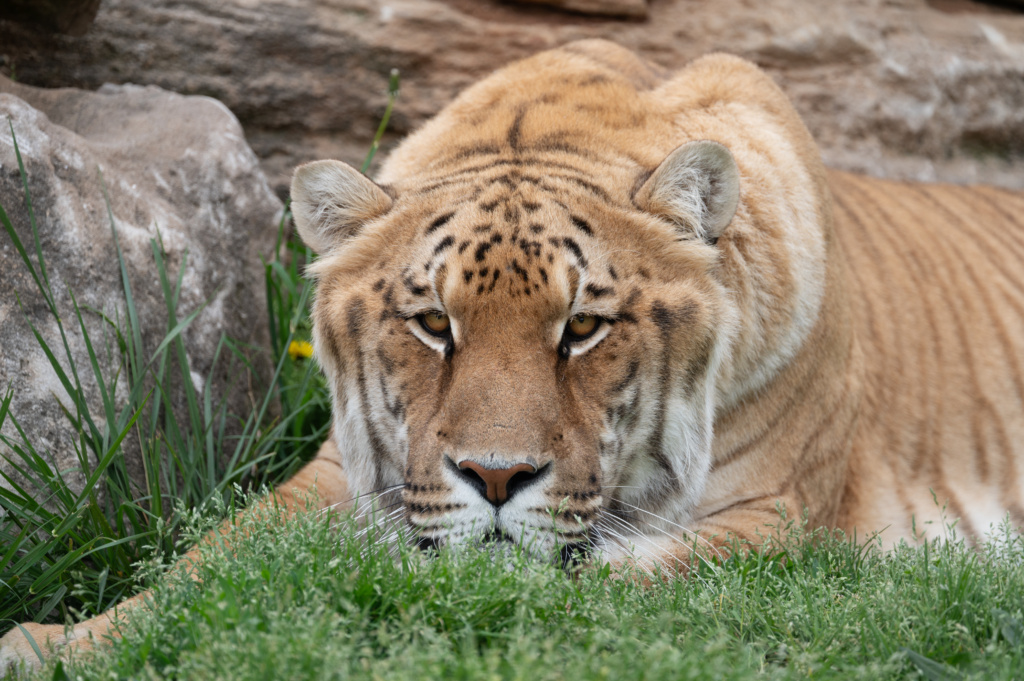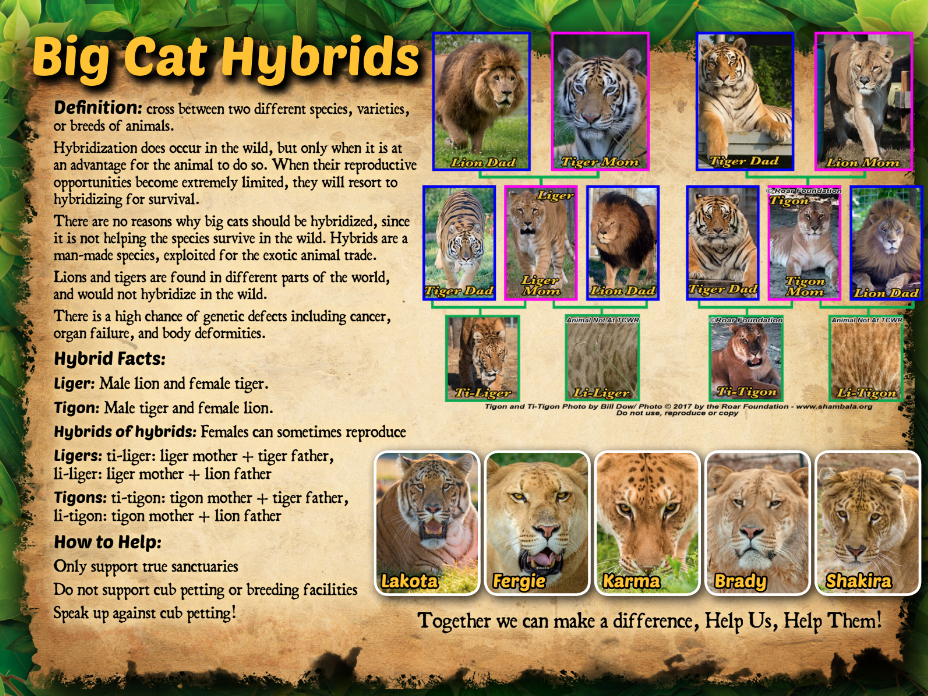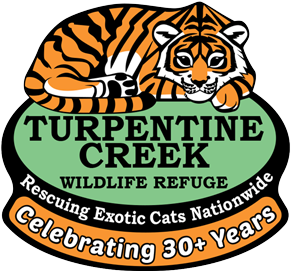
In the realm of exotic animals, the term “ti-liger” might sound like a mystical creature from a fantasy novel, but in reality, it is a real-life animal with stunning beauty and a dark history.
To understand a ti-liger, we first must investigate what a liger is and why it was created. Exotic animal breeders, roadside zoos, and cub petting facilities drive income by creating unique attractions for the public. This means that the more exotic they can make animals appear, the more people they will attract and the more money they will make. A liger is a hybrid animal created by crossing a male lion with a female tiger. The first liger was bred in the 1700s by a French naturalist named Étienne Geoffroy Saint-Hilaire, who was studying evolution. Over the century, ligers were bred to appease the royal families but were not advertised until the early 1900s when the name “liger” was coined.
A hybrid’s name is determined by the sex and species of their parents. For example, a tigon is a male tiger bred with a female lion; a ti-liger is a male tiger bred with a female liger; and a li-liger is a male lion bred with a female liger. It is unnatural for lions and tigers to breed together in the wild. Even in Asia, where tigers share their habitat with the Asiatic lion, the two breeds do not cross-mate. There is no conservation value for the hybrid animals humans create, and there are consequences for breeding the two species together.
These hybrids often suffer from several health concerns, including growth abnormalities, organ abnormalities, cardiovascular issues, shortened lifespans, and vulnerability to diseases. They also struggle with reproduction; male hybrids are often sterile, and females can have complications during birth. TCWR has rescued many hybrids in the past and is now home to a ti-liger named Lakota, a li-liger named Kyro, and two ligers named Karma and Fergy. We are grateful that the subtext of the Big Cat Public Safety Act makes it nearly impossible to continue breeding hybrids. Your continuous support is important to providing lifelong care to the hybrids in our care as we create the best life possible for them.

